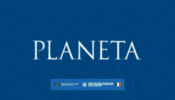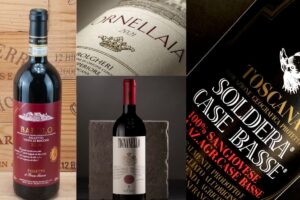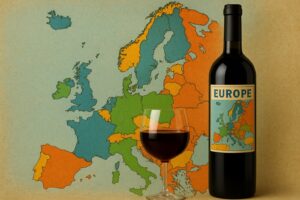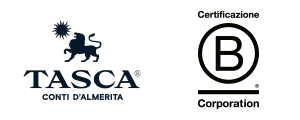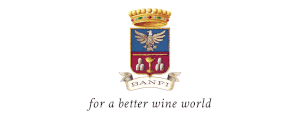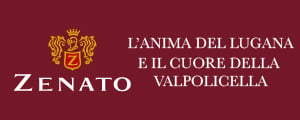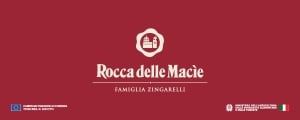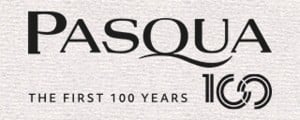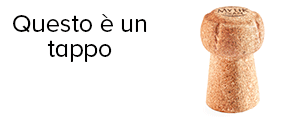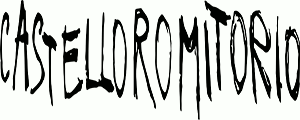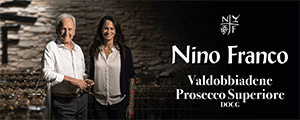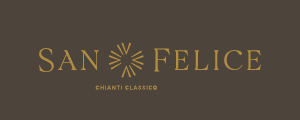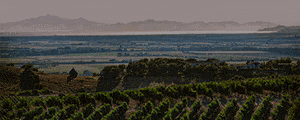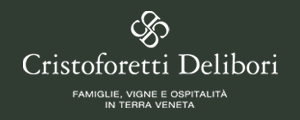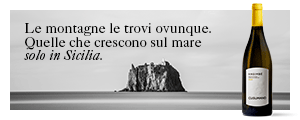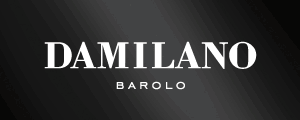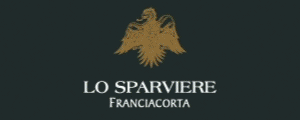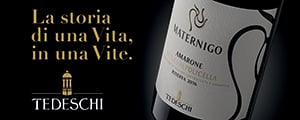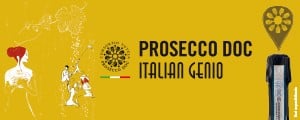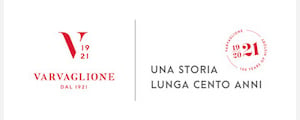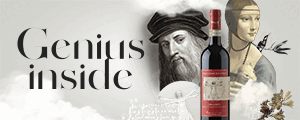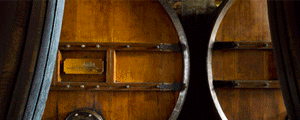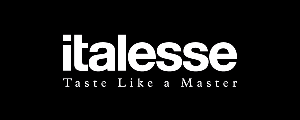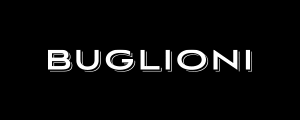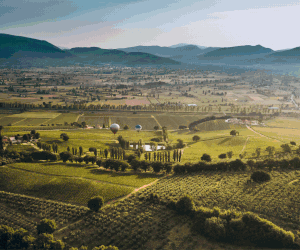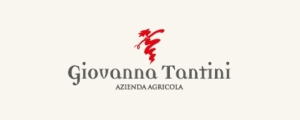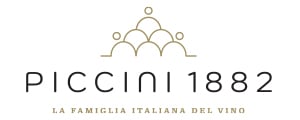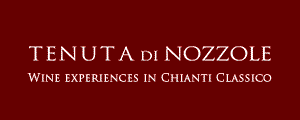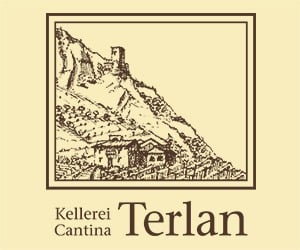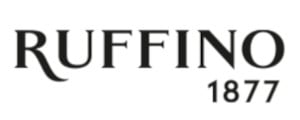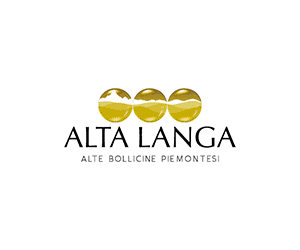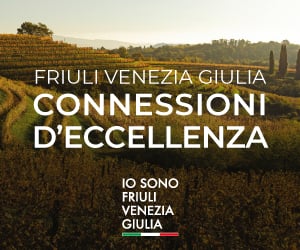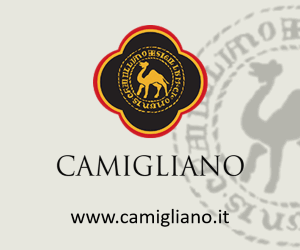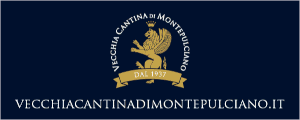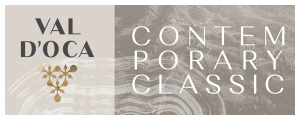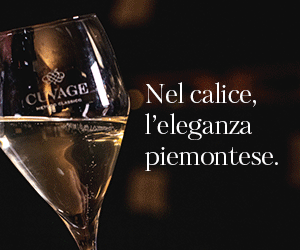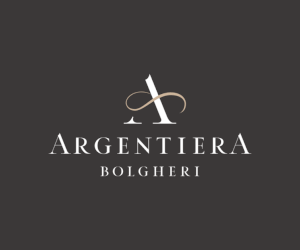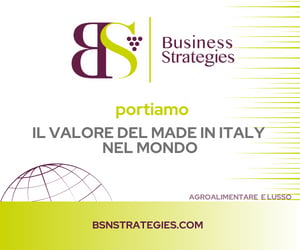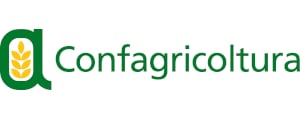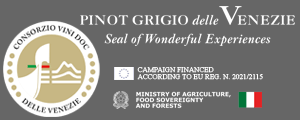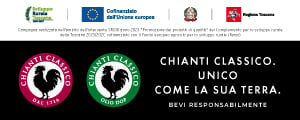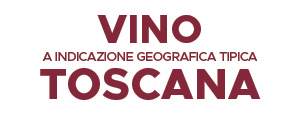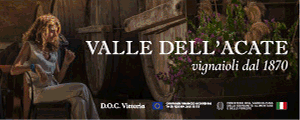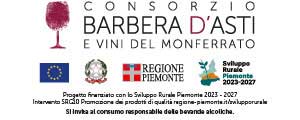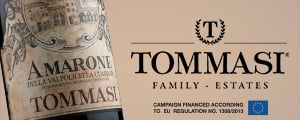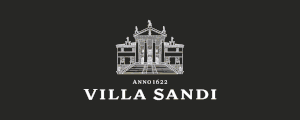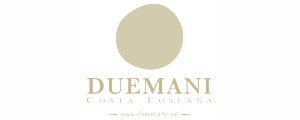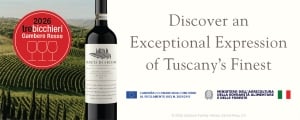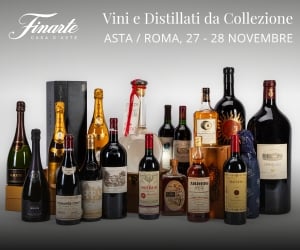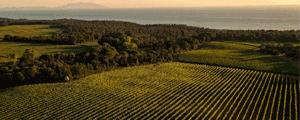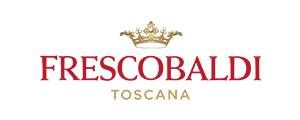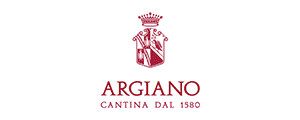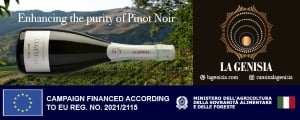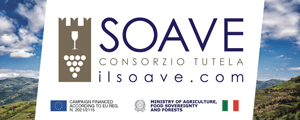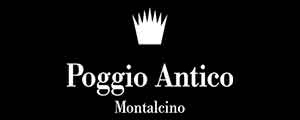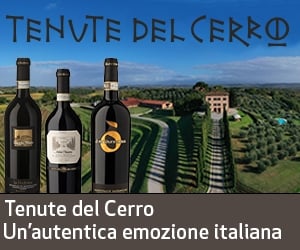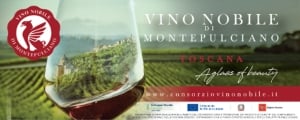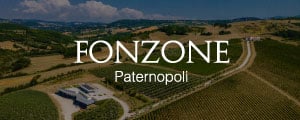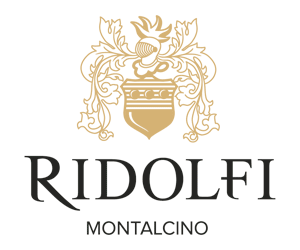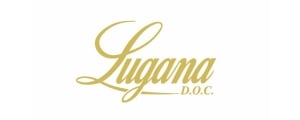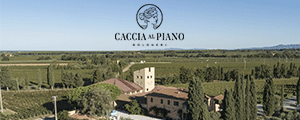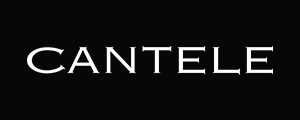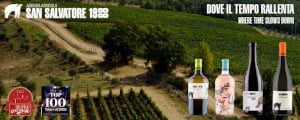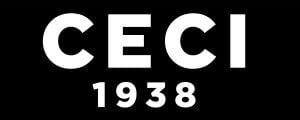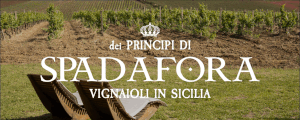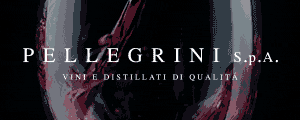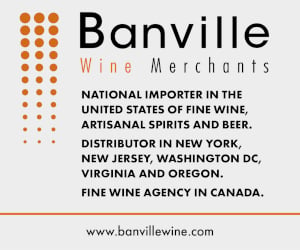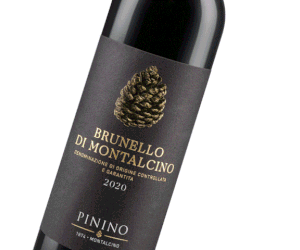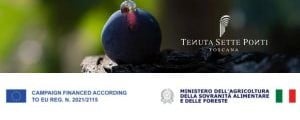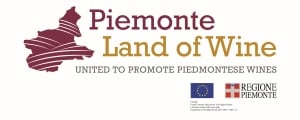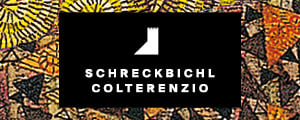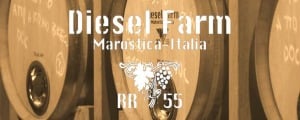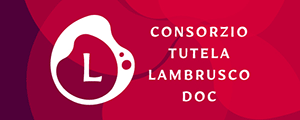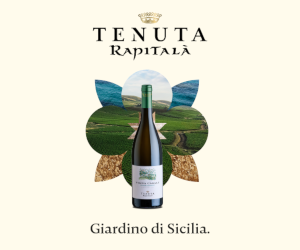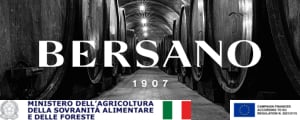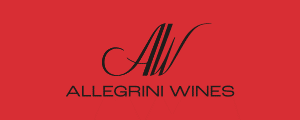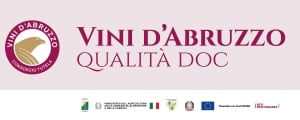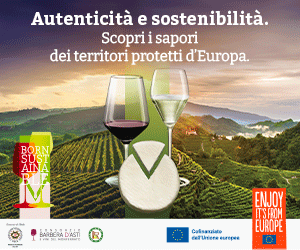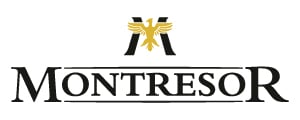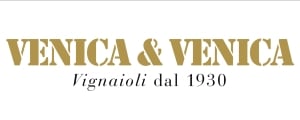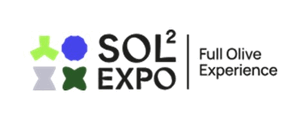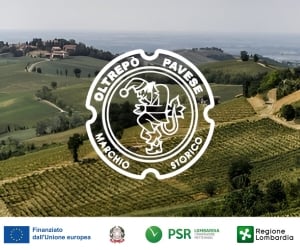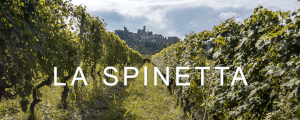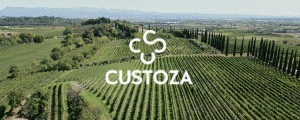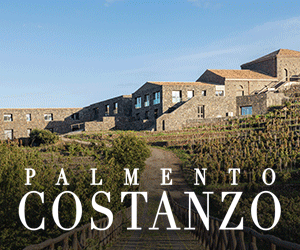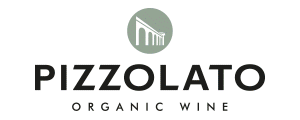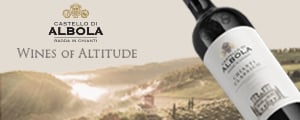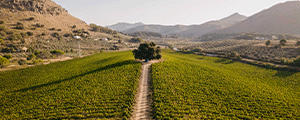Despite the problems, the bulk wine market is holding up, as already reported by WineNews, but cellar stocks are, undeniably, a clear concern throughout the world. And, as often happens, difficulties can give rise to opportunities, which, in this case, are represented by new strategies with innovations and ideas, rather than the traditional push for super-competitive prices to reduce stocks. Meanwhile, the world of bulk wine is preparing for two days in the spotlight thanks to the 17th World Bulk Wine Exhibition (WBWE), the world’s leading event for the bulk wine and spirits sector, scheduled for November 24 and 25 at Rai Amsterdam. Vinexposium, one of the global leaders in events dedicated to wine and spirits professionals and operators (and also the organizer of the international fair “Wine Paris”, ed.), is at the forefront of the organization.
This event comes at a time when global exports of bulk wine, which represent a significant part of the wine market, especially in terms of volume, totaled 16.5 million hectoliters in the first half of 2025, with a modest decline of -2.3% over the same period in 2024. Despite the reduction in volumes, however, values remained stable at €1.2 billion (-0.3%), supported by a 2.1% increase in average prices to €0.78 per liter, according to the World Bulk Wine Exhibition report, edited by Rafael del Rey for Analysts of Wine Markets (Awm). Spain is the leader in the bulk wine market (6 million hectoliters exported in the first half of 2025, worth €302 million), but Italy also plays an important role (€155 million, just behind New Zealand with €158 million).
Countries that will be protagonists, together with Chile, New Zealand, Australia, South Africa, and the United States, and, for the first time, Mauritius, Lebanon, and Panama, among others, at the World Bulk Wine Exhibition, with over 240 producers from 25 countries and buyers from more than 60 markets, thus covering 70-80% of the global trade in bulk wines and spirits. There will be no shortage of appellation wines, organic wines, spirits, low-alcohol and ready-to-drink wines, as well as the latest sustainable packaging solutions designed to reduce carbon footprint and optimize logistics costs.
One of the most significant challenges and problems facing the wine industry, as already mentioned, is the management of cellar stocks. This raises the question of what strategies to adopt in order to implement a sustainable economic model. But how can this be achieved? Looking at new strategies could be the right way forward. A note from the World Bulk Wine Exhibition points out that “it is tempting to view the current global oversupply as a shortcut to winning back consumers through lower prices. In reality, the picture is much more complex. What this moment really offers is an opportunity to rethink the way wine is produced, packaged, and positioned. From the creation of brands and private labels to non-alcoholic and low-alcohol wines, from RTDs (ready-to-drink, ed.) to new formats, the challenge is not simply to sell surpluses, but to transform necessity into innovation and reinvention”.
But while cellars around the world are overflowing with unsold stock, wine prices, particularly in on-premise venues, remain stubbornly high, potentially fueling the market’s continued contraction. The oversupply could trigger a new wave of creativity, but not all industry observers believe this is happening. For California marketing expert Paul Tincknell, “in the past, in most recessions, we usually saw a cycle of innovation where new entrepreneurs saw all this wonderful, expensive wine they could play with and create new brands”. But today, “that’s not happening, at least not yet”.
Yet this is not the first major imbalance between supply and demand that the industry has experienced over the years. “The oversupply from 2000 to 2008”, recalls Californian consultant winemaker Nicholas M. Karavidas, “led to millions of gallons of wine (one gallon is equivalent to just under four liters, ed.) being exported at extremely low prices, creating an opportunity to develop brands internationally. I remember shipping a million gallons of Vincor dry white wine to Canada for $1.10 per gallon to get rid of the excess wine”. He adds, however, that “the dynamics, balances, and driving factors are all different from previous ups and downs”. Inflation, for example, has pushed overhead costs so high that many producers around the world will have harvested below cost this year or preferred to leave the grapes on the vine, eliminating any room for marketing investments. But aside from cost issues, there are obvious long-term implications of releasing large volumes of cheaper wine onto the market: margin erosion, brand devaluation, and strain on already fragile grower and distributor networks. Then there are also short-term financial implications: “I would venture to say that up to 30% or more of the 50 million gallons of bulk wine on the market in the US will never go anywhere. Bulk wine is the basis for wineries’ credit structures and lines of credit. So they can’t sell an $8 or $12 value on their books, as far as their bank is concerned, for $2, which is the offer on that wine”. Even premiumization, which has been at the top of the industry’s agenda for many years, is becoming vulnerable. “Large companies, brands, and distributors”, says Tincknell, who also believes that the “corporatization” of the industry is stifling innovation, “realize that if they come out with a $20 Chardonnay, it could crash the market for their $35 Chardonnay. And the margin is much better on the $35 Chardonnay”.
There are also several examples of branded blockbusters born out of oversupply, probably the best known of which in the United States is Charles Shaw from Bronco or “Two Buck Chuck”, the note explains, without forgetting successful projects born out of the large availability of bulk wines on the market. Bulk wine broker Adam Schulz of the Incredible Bulk Wine Company in Washington State points to the opportunities in the current market, but also the potential pitfalls: “Opportunistically, buyers can find what they want and start a private label. But if you’re capitalizing on the incredible deals available, there’s a need to maintain a consistent product if you want to find commercial success”.
Private labels are described as one of the most promising opportunities to absorb the current oversupply of wine, meeting many needs, including preserving brand integrity. “Between 50 and 60% of retail wine in the European Union is private label from major chains such as Tesco”, explained Karavidas. “In the United States, we are at about 10-12%, but we will move very quickly”. Schulz added that “private label is a good way to eliminate oversupply and develop stronger retail relationships”. Current dynamics in the US market make European suppliers particularly well positioned to capitalize on the private label business. The share of imports since the last major period of oversupply has increased from around 12-15% to as much as 40%, with the accumulation of pre-tariff stocks exacerbating this trend. “There are between 70,000 and 100,000 acres of vines that have been grubbed up in California. That’s potentially 700,000 tons of grapes that no longer exist, representing about 25% of the wine grape market”, says Karadidas, adding, “The key is that most of the vineyards are in the Central Valley and the northern interior: that’s where the $6 to $15 price point in California comes from. We cannot replace those grapes for that price outside the coastal regions, so those wines will come from imports, still mainly from France and Italy, despite the tariffs”.
Everyone seems to agree that there are currently multiple opportunities to capitalize on the oversupply situation by category, such as niche varieties, white wines, specialty wines, ready-to-drink, no-low, and different packaging formats, particularly single-serve, at a time when moderation and a growing need for responsibility within the industry are paramount, Karavidas points out. But there are caveats. “There is a gap between market demand and supply. What the market demands and what is actually available are different things”. Furthermore, exploiting these opportunities requires capital, and apart from the large operators “who always step in where there is an opportunity to review inventory”. some of the financing may have to come from outside the wine industry.
“The winds of change”, added Karavidas, “will be different from how we are all perhaps viewing them. Think of new capital, new players, and new perspectives from major new players who have not historically been in the wine industry”. Karavidas cites companies such as Californian food giant Wonderful, which owns Justin Winery in Paso Robles. Schulz shares a similar opinion: “It seems that the companies that are growing and succeeding in this upside-down wine market tend to be outside the wine industry. They have a unique perspective on what the packaging should look like or what the message should be. They are not stuck on the traditional model and are able to capitalize on the development of private labels or new labels or new packaging concepts, and they are finding quite a few suppliers willing to help them”.
Ultimately, as stated in the conclusion of the note, what can make the difference is the ability to remain dynamic, creative, and commercially resilient in the face of surplus. Discounted prices can eliminate inventory, but those who will succeed are those who see oversupply not as a burden, but as a catalyst to reconnect with consumers and restore balance.
Copyright © 2000/2025
Contatti: info@winenews.it
Seguici anche su Twitter: @WineNewsIt
Seguici anche su Facebook: @winenewsit
Questo articolo è tratto dall'archivio di WineNews - Tutti i diritti riservati - Copyright © 2000/2025

